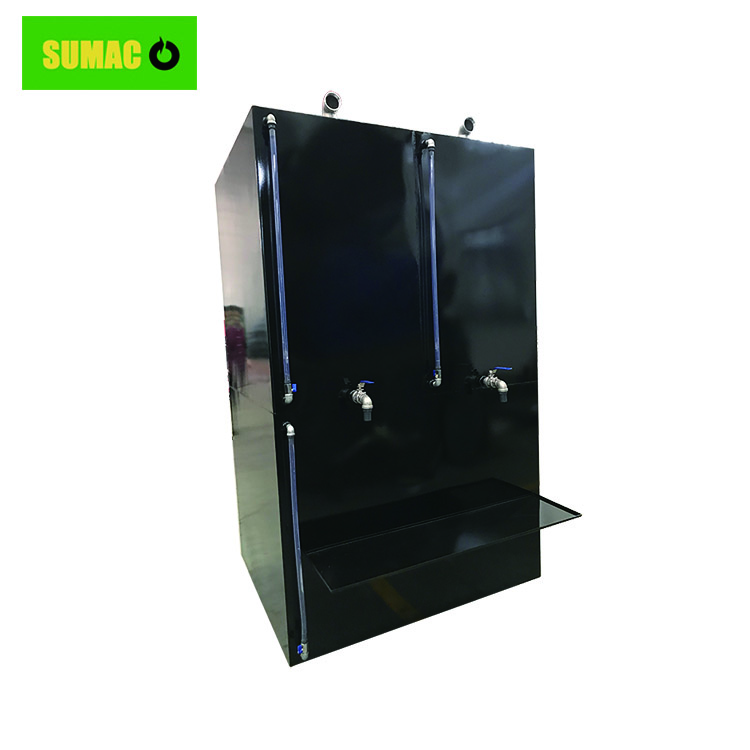Gasoline tanks are made from a variety of materials, each with its own set of advantages. The following are the common materials used in manufacturing gasoline tanks:
- Steel: Steel is a popular choice for gasoline tank construction due to its remarkable strength and robustness. It can endure high internal pressures generated by the fuel and is highly resistant to impacts, making it suitable for various applications. To enhance its resistance to rust and corrosion, which could compromise the tank's integrity, steel tanks are usually coated with protective layers. Zinc - plating or epoxy coatings are commonly employed, providing an additional barrier against the elements and prolonging the tank's service life.
- Plastic: High - density polyethylene (HDPE) is widely used in the production of gasoline tanks. One of its main advantages is its lightweight nature, which helps improve the fuel efficiency of vehicles. HDPE tanks are also highly resistant to corrosion, as they do not react with gasoline or other fuels. They have excellent impact resistance, capable of withstanding the stresses and vibrations experienced during transportation and operation. Moreover, the malleability of HDPE allows for easy molding into different shapes, enabling better adaptation to the available space in vehicles, thereby optimizing fuel storage capacity.
-
Composite materials: In some cases, composite materials are utilized for manufacturing gasoline tanks. These composites typically consist of reinforcing fibers such as fiberglass or carbon fiber embedded in a resin matrix. Composite tanks offer a high strength - to - weight ratio, making them an ideal choice for applications where weight reduction is crucial, such as in high - performance vehicles. They also exhibit excellent corrosion resistance and provide good thermal insulation, which helps maintain the stability of the fuel stored inside and reduces the risk of vaporization and associated hazards.

